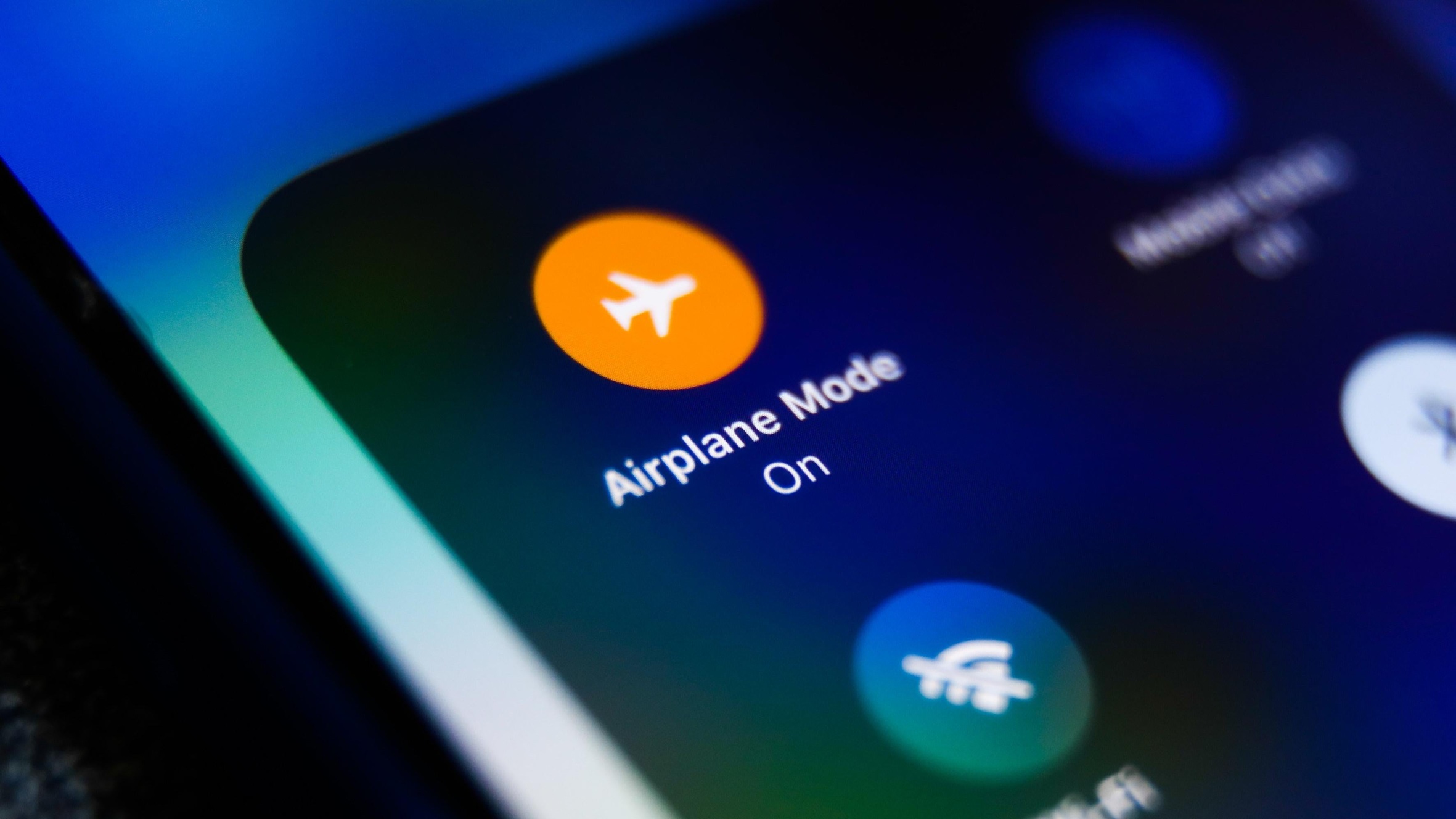Flight attendants makes announcement: “Please ensure all electronic devices are switched to airplane mode.” The airplane mode requirement represents one of commercial aviation’s most persistent anachronisms, a regulation that persists despite mounting evidence of its irrelevance. Yet airlines continue enforcing it with religious fervour, creating a theatre of compliance that serves institutional interests rather than genuine safety concerns.
The Origins of Electronic Paranoia
The US Federal Aviation Administration’s electronic device restrictions emerged in the 1960s, when portable radios were aviation’s primary electronic concern. Early regulations worried that AM/FM radio signals might interfere with aircraft navigation systems, a legitimate concern given the primitive electronics of the era. As consumer electronics proliferated, these restrictions expanded to encompass everything from calculators to portable cassette players.
The modern airplane mode requirement crystallised in the 1990s, coinciding with mobile phone adoption. Aviation authorities feared that cellular signals might disrupt aircraft communications or navigation systems. The concern seemed plausible: mobile phones emit radio frequency signals, aircraft systems rely on precise radio communications, and interference could theoretically prove catastrophic.
Yet this fear was always more theoretical than practical. Aviation electronics operate on strictly regulated frequencies, far removed from civilian mobile bands. Aircraft systems undergo rigorous electromagnetic compatibility testing, ensuring they can withstand far stronger interference than any consumer device could generate.
The Science of Non-Interference
Modern aircraft are electromagnetic fortresses, designed to function in environments saturated with radio signals. They routinely operate near airports bristling with radar installations, radio towers, and cellular base stations. Military aircraft function in electronic warfare environments where adversaries deliberately jam their systems. The idea that a passenger’s iPhone could disrupt a commercial airliner’s navigation systems defies both physics and engineering reality.
Multiple studies have confirmed mobile phones’ harmlessness to aircraft systems. The European Aviation Safety Agency conducted extensive testing in 2013, deliberately flooding aircraft with mobile phone signals far exceeding what passengers could generate. They found no interference with navigation, communication, or control systems. The Federal Communications Commission reached similar conclusions, noting that modern aircraft shielding easily handles consumer electronics emissions.
Dr. James Maxwell, an aerospace engineer who’s spent three decades designing aircraft electronics, explains the technical reality: “Aircraft systems are hardened against electromagnetic interference levels thousands of times stronger than any mobile phone. We design for lightning strikes, radar illumination, and military jamming. A passenger’s phone is electronic noise barely detectable above background levels.”
Global aviation’s inconsistent approach to electronic devices reveals the arbitrary nature of current restrictions. European carriers increasingly allow mobile phone use during flight, whilst American airlines maintain strict airplane mode requirements. Middle Eastern carriers offer onboard calling services, whilst Asian airlines experiment with unrestricted device policies.
These variations expose the logical inconsistencies in airplane mode requirements. If mobile phones genuinely threatened aircraft safety, international aviation authorities would enforce universal restrictions. Instead, we see a patchwork of regulations that reflect political and economic considerations rather than scientific evidence. The contradictions extend to specific airline policies. Most carriers now offer onboard Wi-Fi services that require passengers to activate their devices’ wireless capabilities directly contradicting airplane mode requirements. Airlines simultaneously argue that radio emissions threaten aircraft systems whilst selling internet access that depends on those same emissions.
Several factors suggest that airplane mode requirements will eventually disappear, though institutional inertia may preserve them for years. Technological advances continue demonstrating mobile phones’ harmlessness to aircraft systems. Passenger expectations increasingly demand connectivity throughout flights. Economic pressures push airlines toward services that require active electronic devices.
The European Union’s 2022 decision to allow 5G services on aircraft signals shifting regulatory attitudes. American authorities face growing pressure to modernise their approach to electronic device restrictions. Airlines recognise that connectivity has become a competitive differentiator, making electronic device limitations commercially disadvantageous.
Yet change will likely come slowly. Aviation’s conservative culture resists modifications that might create liability exposure. Regulatory agencies prefer maintaining existing restrictions to acknowledging their irrelevance. Airlines benefit from the control that airplane mode requirements provide over passenger behaviour.
The Verdict
The airplane mode requirement survives not because of compelling safety evidence, but because of institutional inertia and risk aversion. Airlines continue enforcing these restrictions because change requires admitting error politically uncomfortable for organisations that stake their reputations on infallibility. For passengers, the message is clear: airplane mode requirements represent regulatory theatre rather than genuine safety measures. Modern aircraft are marvels of engineering, capable of withstanding electromagnetic interference far exceeding anything consumer electronics could generate. The biggest risk from mobile phones during flight isn’t system interference, it’s the erosion of trust that comes from enforcing meaningless rules.
The airplane mode myth will eventually end, not because regulators suddenly discover courage, but because technological progress and passenger expectations will make it impossible to maintain. Until then, we’ll continue this elaborate performance, pretending that switching our phones to airplane mode somehow makes us safer whilst 200 tons of metal hurtle through the sky at 500 miles per hour.
The real question isn’t whether airplane mode protects aircraft systems, it’s whether aviation can afford to maintain policies that undermine its own credibility. In an industry where trust literally means life and death, that might be the most dangerous interference of all.



